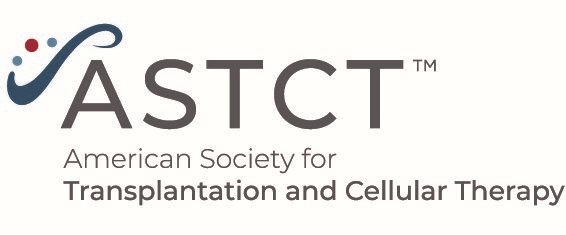
KIR-ligand Mismatch in CBT Outcomes Differ Based on GVHD Prophylaxes

ASTCT recently published an article in their journal Nucleus detailing the use of killer immunoglobulin-like receptor–ligand mismatch and its impact on graft versus host disease.
The following was recently published in ASTCT’s
Research published in Bone Marrow Transplantation explores the impact that killer immunoglobulin (KIR)-like receptor–ligand mismatch has on graft versus host disease (GVHD) prophylaxis administered to patients receiving cord blood transplantation (CBT). The researchers determined that the KIR–ligand mismatch effects do vary depending on the type of GVHD prophylaxis given, suggesting that the KIR–ligand mismatch should be evaluated as a key factor in CBT.
Patients undergoing CBT are at risk of developing GVHD due to donor T cells attacking the transplant recipient, and are thus provided with prophylactic measures prior to transplantation in order to prevent the onset of severe GVHD side effects. In this study, patients who underwent CBT were administered 1 of 2 prophylactics (tacrolimus plus methotrexate or mycophenolate mofetil), with the impacts of KIR–ligand mismatch evaluated retrospectively between the two groups.
This study demonstrated that KIR–ligand mismatch reduced overall survival by increasing non-relapse mortality. This was most apparent in the group administered the mycophenolate mofetil, whereas the KIR–ligand mismatch yields a promising result regarding instances of relapse. Furthermore, the findings suggest that the effects of KIR–ligand incompatibility differ by the type of KIR–ligand mismatch.
Reference
Yokoyama H, Hirayama M, Takahashi Y, et al. Altered effect of killer immunoglobulin-like receptor-ligand mismatch by graft versus host disease prophylaxis in cord blood transplantation . Bone Marrow Transplant. PUblished Online September 24, 2021. doi:10.1038/s41409-021-01469-6
Newsletter
Stay up to date on recent advances in the multidisciplinary approach to cancer.
































































































